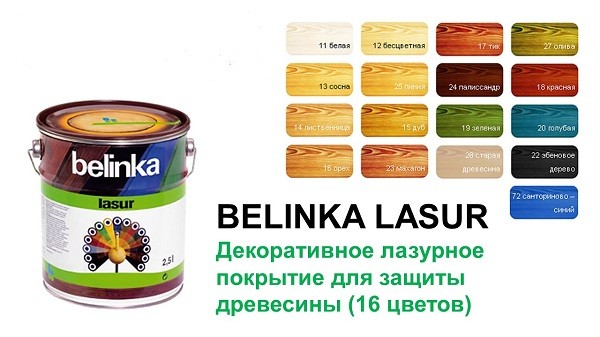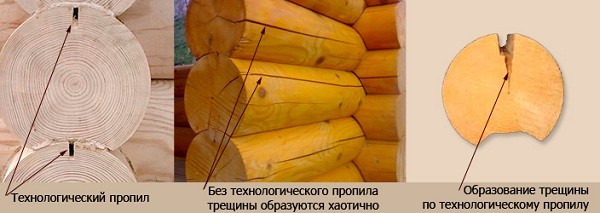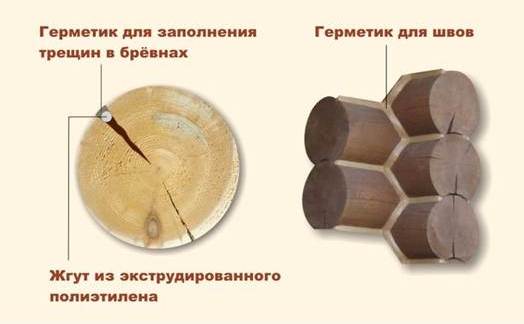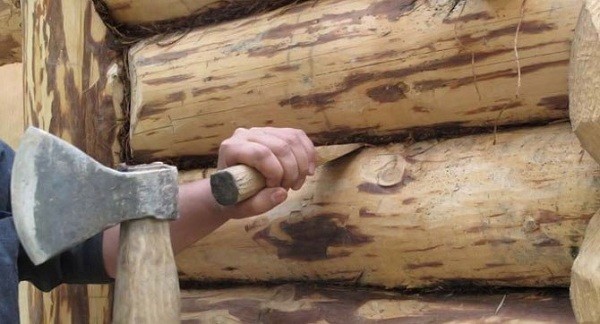It is a great happiness to have your own country house. When a house is built of wood, it's just a fairy tale. Unique atmosphere, warm and cozy. Everything is in primordially Russian traditions and customs. In order for such beauty to please more than one generation, the house needs careful care. And since wood is a special material, the problems associated with its long-term operation are also of a special nature.
Under the influence of precipitation, sun, temperature changes, cracks appear on the logs. Sealing cracks in the logs of the log house is an important and mandatory stage. There are three main types of wood problems.
Longitudinal cracks
- a deep split along the length of the log occurs when the load is unbearable or the log rots, such an element cannot be repaired and needs to be replaced as soon as possible in order to maintain the integrity of the structure as a whole.
- straight slots - pass along the axis of the log or cylinder;
- spiral splits - do not coincide with the axis of the base;
- segmental cracks - partial cracking of a log, with different depths and split lengths.
Such shortcomings are corrected using insulation and sealant. This method provides thermal insulation. And the use of insulation reduces the consumption of expensive sealant. With a minimum depth of defect, only sealant is used. Sealant is a universal tool, suitable for both indoor and outdoor use. The physical properties remain unchanged.
Cracks at the junction of logs - cracks at the junction of a calibrated beam
An important point in home care is preventive work with wood. Wood processing tools perform a huge number of functions:
- protection of wood from decay;
- fire protection;
- water-repellent protection;
- insect protection.
An excellent effective remedy for preserving wood from exposure to sunlight is Belinka.
Unfortunately, there are no means of protecting logs from cracking. And not always cracks in a tree indicate a deterioration in the performance of this building material. Up to a certain size, cracks do not harm the structure and serve as a natural decor. But you can't ignore it.

How to prevent cracking logs
Cracks can grow in size over time and then it will be much more difficult to get rid of them or close up holes. Prevention of cracking is:

Ways to seal cracks
Despite the quality of the pre-treatment of the wood, there is always the possibility of cracks. It is important and carefully close up the space at the junction of logs. There are various options for sealing cracks:


Perfectly even and identical logs simply do not exist. The need to touch the joints between logs or cylinders always arises. When sealing joints, it is recommended to combine tow and sealant. The beginning of the seam is filled with a sealant, it can be a jute tow or other similar sealant. When assembling a house, such material will play the role of a heater and a docking material, and a sealant will ensure complete tightness of the joints and protect the sealing elements from falling out.
Stages of proper sealing of joints with sealant and tow
Two types of these finishing materials are more practical to use together, and not separately, replacing one with another.
- In the process of assembling the log house, tightly driving in, jute, cord or tow is laid, thereby ensuring that the crowns fit tightly to each other.
- The assembled structure is prepared, the joints are carefully cleaned from any kind of dirt, dust, debris, mold or decay.
- Large cracks are additionally filled with insulation.
- A thin layer of sealant is applied to the prepared surface and leveled.
Benefits of using a sealant
- Wood is a material that changes its dimensions during operation. From this it follows that cracks and gaps expand and narrow. The sealant material is plastic, its physical properties allow for a small margin of stretching, without separation from the base material.
- Jute, tow or moss attract birds, and they in turn pull out the clogged material. The covering layer of sealant protects a heater from falling out.
- Insects also do not encroach on the insulation elements, since the sealant is not edible for them.
- No matter how tightly the tow is laid in the seams, it will not provide a complete seal. A properly applied covering layer will prevent cold air from entering the house and let warm air out.
All of these components are easy to use and, if desired, can be used to restore the integrity of the logs with your own hands.